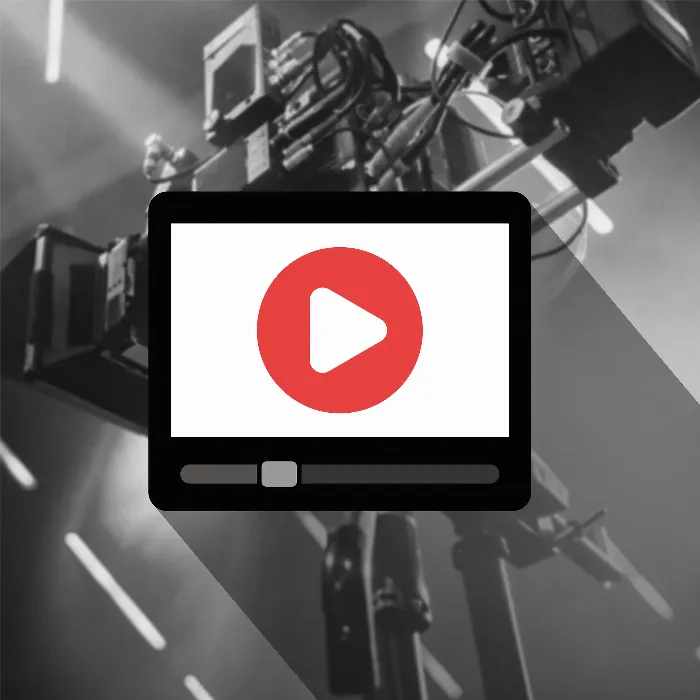Opinions are divided on whether smartphones can replace traditional cameras. While smartphones are becoming increasingly powerful, the question arises whether they can really compete with large cine or mirrorless cameras. In this article, I will explore the pros and cons of both technologies and give you a clear idea of when to reach for which camera.
Key findings
- Smartphones can compete with compact cameras but do not achieve the quality of professional devices.
- For everyday photography, smartphones are excellent, but limited in professional scenarios.
- The optics and sensors in traditional cameras offer advantages that smartphone cameras cannot replicate.
- Each device has its justification, depending on the requirements and purpose of use.
Step-by-step guide
Understanding technological differences
To properly assess the difference between smartphones and professional cameras, it is important to recognize the differences in technology. Smartphones incorporate image enhancement algorithms that often cannot match the quality of a good DSLR or mirrorless camera. However, they are designed for everyday use and quick snapshots.
Usage in practice
When you use a smartphone to take snapshots, you will quickly notice the advantages. It is light, handy, and ready at all times. However, once you need more control or specific requirements, a smartphone will reach its limits. The more you want to work on settings and image composition, the more you will appreciate the advantages of traditional cameras.
Image quality and effects
A significant feature of recording technology is the quality of images. While smartphones can take impressive shots, they often use techniques like HDR to enhance images, which does not provide the same clarity and depth of field as professional cameras. A clear comparison of the two types of images shows that high-quality equipment is essential in professional environments.

Significant challenges
If you plan to film or photograph something professional, you need to understand the various elements of the technology. Professional cameras offer a variety of optical options and image control, while smartphones are limited in these aspects. For example, if you need a blurred background for a portrait image, this is nearly impossible with a smartphone.

Creativity and expression
Another important element in photography is creative expression. Here, professional cameras still have the upper hand, especially when it comes to artistic projects that require image editing. While smartphones offer editing options, they cannot provide the same flexibility as specialized software on a computer.
Conclusion on usage
In the end, the decision on which device is best for you depends on your personal needs. Smartphones are ideal for everyday use and provide quick access to photography. However, in professional environments, especially if you have high demands for image quality, you should revert to a DSLR or mirrorless camera.
Summary – Smartphone vs. Cinema camera: A comprehensive comparison
Have you learned about the advantages and disadvantages of both a smartphone and a professional camera? The choice ultimately depends on your individual needs. Smartphone photography is predestined for everyday use and spontaneous shots, whereas professional cameras are essential for creative and high-quality productions.
Frequently asked questions
How do image qualities differ between smartphones and professional cameras?The image quality of smartphones is often characterized by software optimization, while professional cameras impress with high-quality sensors and optics.
Can a smartphone replace all functions of a DSLR or mirrorless camera?No, smartphones can simulate many functions but cannot replace the technological quality and flexibility that professional cameras offer.
When should I use a smartphone instead of a professional camera?For everyday snapshots or informal photography, a smartphone is ideal. For professional shots, a DSLR or mirrorless camera is necessary.
Are the differences in image quality also visible at 4K?Yes, while smartphones support 4K, the high-quality optics and sensors in professional cameras often produce superior results.


